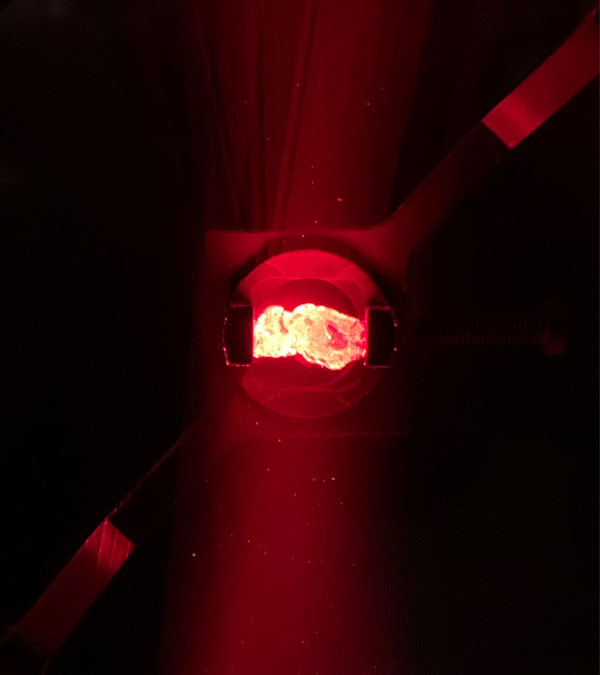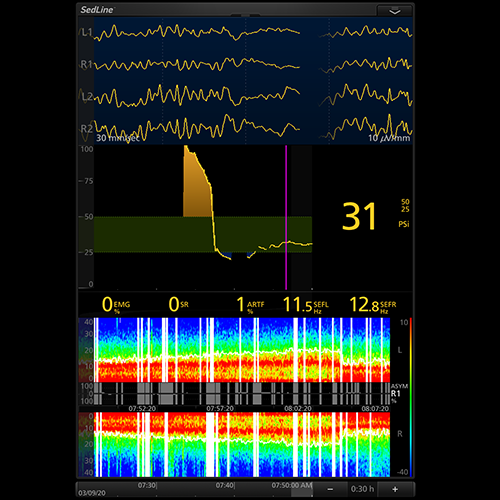Our Research
Big changes are coming to mental health care. We now recognize that disorders like depression and post-traumatic stress disorder (PTSD) take just as big a toll on health and well being as cardiovascular disease and cancer. Challenges like these require innovative and disruptive solutions. Well-controlled clinical studies increasingly support the use of powerful, rapid-acting pscyhoactive drugs for the treatment of severe psychiatric disease. These treatments include ketamine and psilocybin for depression, and MDMA-assisted psychotherapy for PTSD. Though the details of each treatment differ in important ways, they share a remarkable property: single doses can help patients with severe psychiatric disability achieve remission of their symptoms. These effects can last from weeks to years. Understanding how these drugs trigger lasting transformations is the first step toward designing precision therapies.





